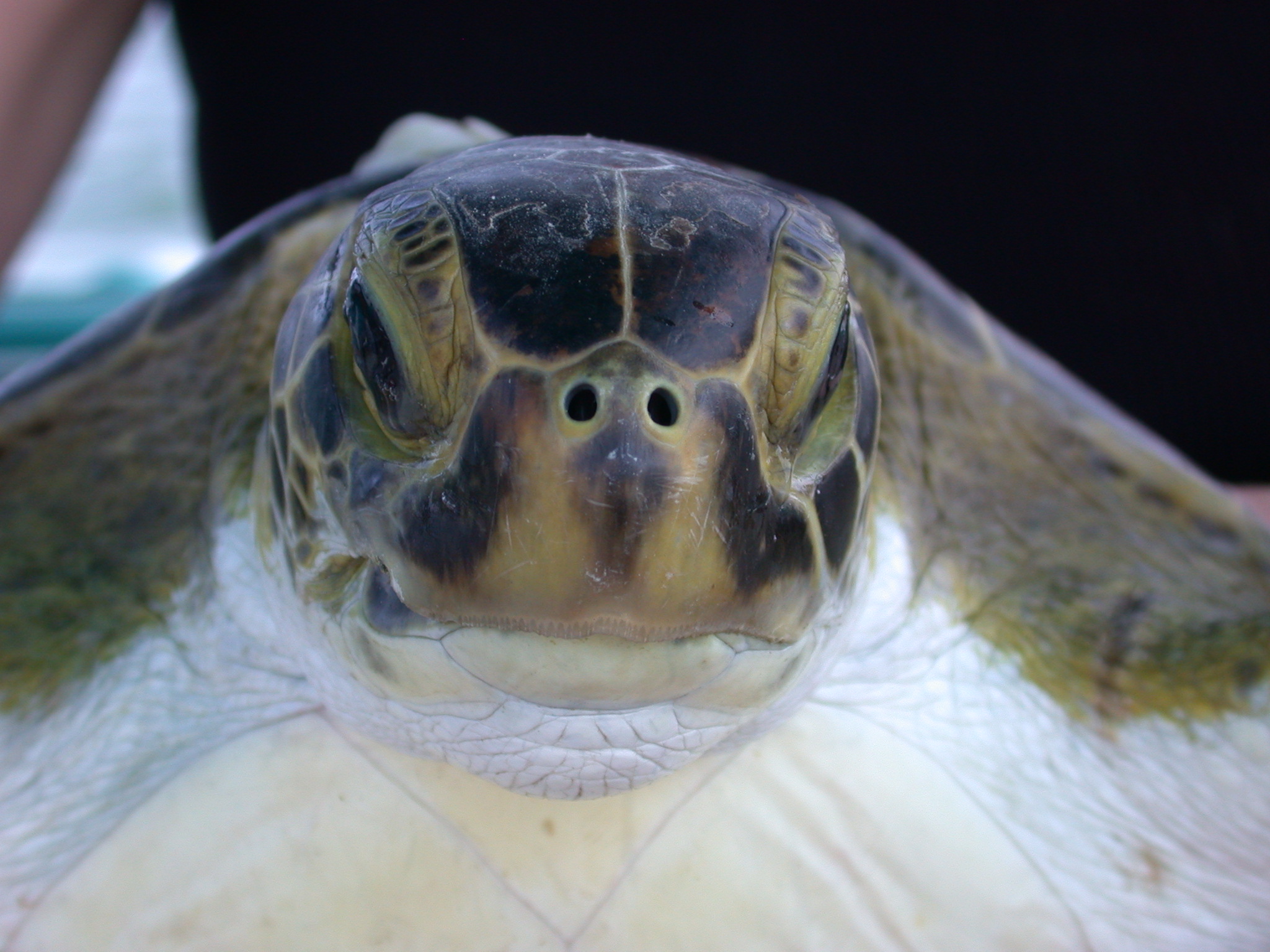Ecology of juvenile Kemp's ridley and green sea turtles in New England
Collaborators: C. Merigo, C. Innis & R. Prescott
Sightings of cheloniid sea turtle species are rare in New England, resulting in critical data gaps in their biology and ecology at the northern part of their range in the western North Atlantic. Annual "cold stunning" events in this region result in hundreds of juvenile Kemp's ridley (Lepidochelys kempii), green (Chelonia mydas), and loggerhead (Caretta caretta) sea turtles stranding on coastal beaches. We are using satellite telemetry to 1) conduct post-release monitoring to assess short-term survival of rehabilitated juvenile sea turtles, (2) document post-release behavior, migratory routes and habitat selection of rehabilitated sea turtles released off New England, and 3) compare results from rehabilitated turtles with wild conspecifics in the western North Atlantic to evaluate potential effects of handling and captivity on reintroduced turtles. We will evaluate the contribution of rescue and rehabilitation of stranded cold stunned turtles to population recovery efforts and address outstanding data gaps on juvenile cheloniid sea turtle ecology in New England.

Juvenile green sea turtle ready to be released. Photo K. Dodge
Funding Agencies
The research was funded by the New England Aquarium with private foundation support.

Partners/Collaborators
This is a joint project with New England Aquarium and Mass Audubon Wellfleet Bay Wildlife Sanctuary.